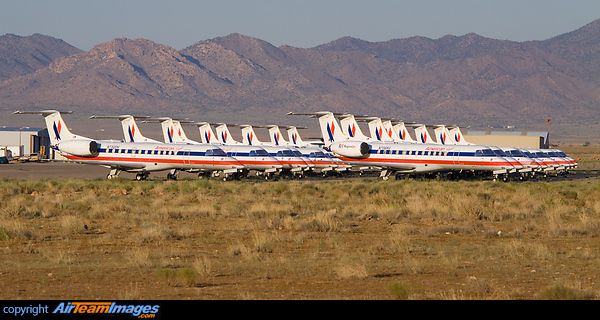1. The 460 new aircraft are all replacement aircraft for S80, 757, and 767 that are going out the door.
2. 787s are not here and may never be here.
3. 777s "are here" and yet management is talking about furloughs.
So we shouldn't lobby for our interests?
Your logic doesn't add up. By keeping aircraft at mainline, ancillary jobs are kept here. Do you have any idea what has happened to ramp workers at other airlines that have had mainline flying outsourced? They are all GONE - outsourced to companies that pay $8/hr. with no benefits.
Oh I see. It's the AA pilots that should take all of the hits in pay, quality of life, and benefits to keep every other employee employed and take minimal cuts in pay and benefits, and of course, take care of the retirees as well.
Riiiiiigggggggghhhhhht. What a "union man" you are. Is your last name Brundage?
Fluf,.........Spare me the CRY BABY(pilot) BULL SHITE !
Funny how ONLY 400 of you jet jockeys are to be affected !
BK, or no BK, AA only cares what APA is thinking /reacting . Why ? Because AA really does want to emerge as a "stand alone".
The TWU and APFA are SCREWED either way in this Abortion. (AA's holding 90% of the cards in BK)
1. They either approve the company's HORSE SHITE proposal,
Or
2. They(APFA)(the TWU doesn't have the BALLS) will "shut this mother DOWN" , and it gets sold off in pieces. INCLUDING YOU.....Fluf.
So in conclusion Fluf,................if YOU and AA want to re-emerge as a stand alone, YOU WILL fly the E-jets @ A/E prices, ...OR....you can take a job flying in China ! (They're HIRING)
One should pick thier battles to fight. Recognizing the handwriting on the wall, and choosing NOT to fight at this time, does NOT make a person a BAD Union man, if you're the TWU/APFA !
For the record, I've Forgotten MORE about being a union guy, than you'll ever remember ! !
Just curious. Are you one of those "Union Guys" that rah-rah-rah's the Union in the cock pit, and then pulls the (R) lever in the voting booth ??????????
YOUR TURN !!
"E",............As to your question, GOD only knows whats gonna happen to the TWU/APFA sans E-Jets(providing APA agrees to fly them)



